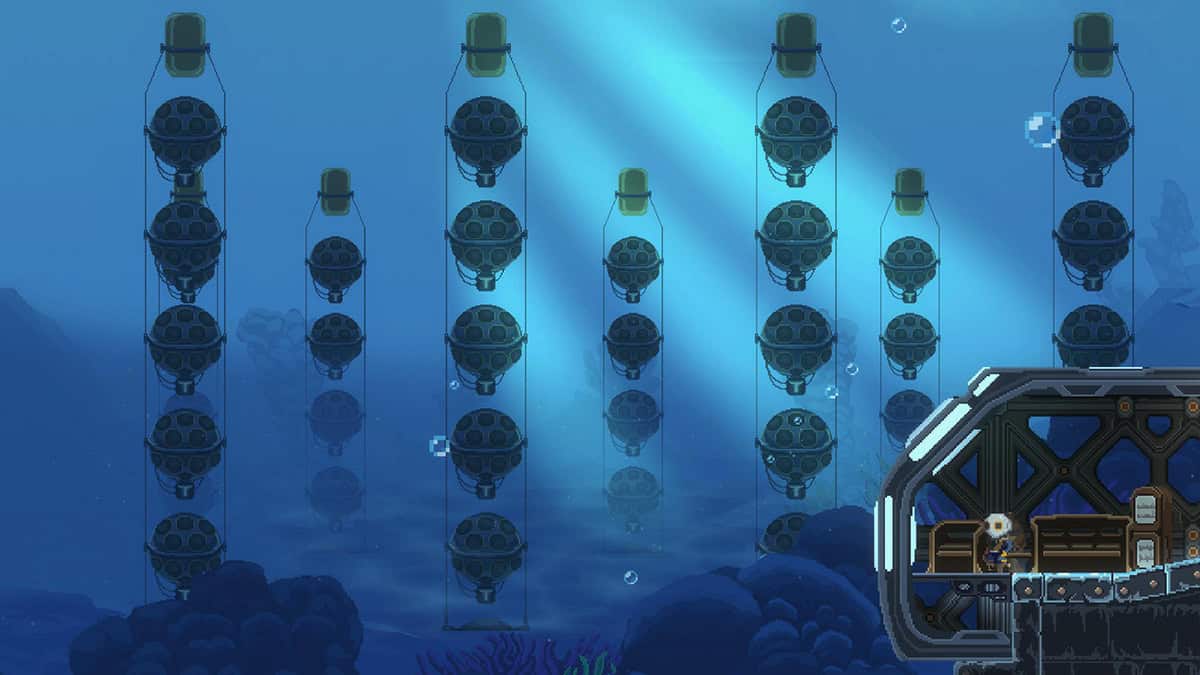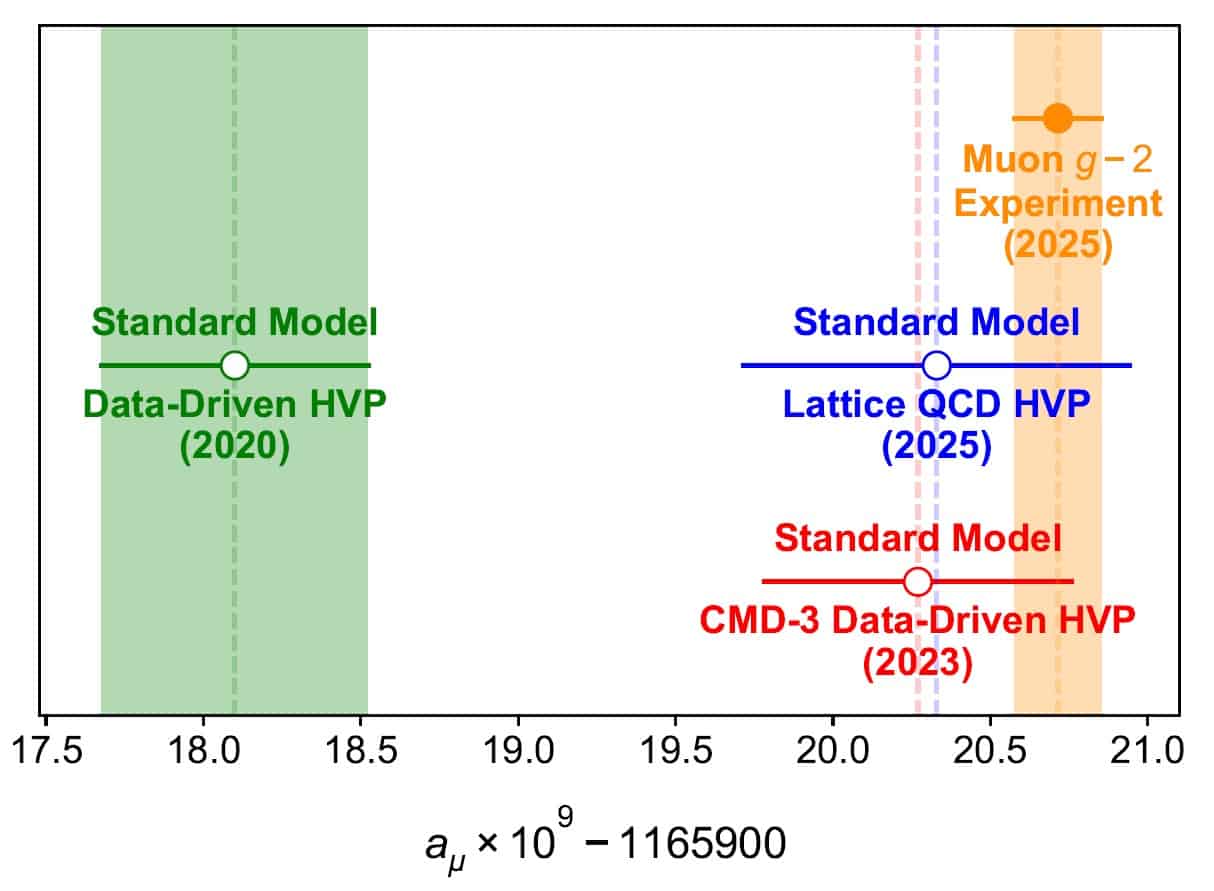Top quarks embrace in quasi-bound toponium
For decades, physicists believed that the top quark, the heaviest known subatomic particle, was too short-lived to form a temporary pair with its antimatter partner. Unlike lighter quarks, which can combine to form protons, neutrons, or longer-lived quark–antiquark pairs, the top quark decays almost instantly. This made the idea of a top–antitop bound state – a fleeting association held together by the strong force – seem impossible. But now, the CMS collaboration at the Large Hadron Collider (LHC) has found the first evidence of such a state, which is dubbed toponium.
Gautier Hamel de Monchenault, spokesperson for CMS, explains, “Many physicists long believed this was impossible. That’s why this result is so significant — it challenges assumptions that have been around for decades, and particle physics textbooks will likely need to be updated because of it.”
Protons and neutrons are formed from quarks, which are fundamental particles that cannot be broken down into smaller constituents.
“There are six types of quark,” explains the German physicist Christian Schwanenberger, who is at DESY and the University of Hamburg and was not involved in the study. “Five of them form bound states thanks to the strong force, one of the four fundamental forces of nature. The top quark, however, is somehow different. It is the heaviest fundamental particle we know, but so far we have not observed it forming bound states in the same way the others do.”
Quasi-bound state
The top quark’s extreme mass makes it decay almost immediately after it is produced. “The top and antitop quarks just have time to exchange a few gluons, the carriers of the strong force, before one of them decays, hence the appellation ‘quasi-bound state’,” Hamel de Monchenault explains.
By detecting these ephemeral interactions, physicists can observe the strong force in a new regime – and the CMS team developed a clever new method to do so. The breakthrough came when the team examined how the spins of the top quark and antitop quark influence each other to create a subtle signature in the particles produced when the quarks decay.
Top quarks are produced in proton–proton collisions at the LHC, where they quickly decay into other particles. These include bottom quarks that then decay to form jets of particles, which can be detected. Top quarks can also decay to form W bosons, which themselves decay into lighter particles (leptons) such as electrons or muons, accompanied by neutrinos.
“We can detect the charged leptons directly and measure their energy very precisely, but we have to infer the presence of the neutrinos indirectly, through an imbalance of the total energy measured,” says Hamel de Monchenault. By studying the pattern and energy of the leptons and jets, the CMS team deduced the existence of top–antitop pairs and spotted the subtle signature of the fleeting quasi-bound state.
Statistical significance
The CMS researchers observed an excess of events in which the top and antitop quarks were produced almost at rest relative to each other – the precise condition needed for a quasi-bound state to form. “The signal has a statistical significance above 5σ, which means the chance it’s just a statistical fluctuation is less than one in a few million,” Hamel de Monchenault says.
While this excess accounts for only about 1% of top quark pair production, it aligns with predictions for toponium formation and offers insights into the strong force.
“Within the achieved precision, the result matches the predictions of advanced calculations involving the strong force,” explains Hamel de Monchenault. “An effect once thought too subtle to detect with current technology has now been observed. It’s comforting in a way: even the heaviest known quarks are not always alone – they can briefly embrace their opposites.”
Future directions
The discovery has energized the particle physics community. “Scientists are excited to explore the strong force in a completely new regime,” says Schwanenberger. Researchers will refine theoretical models, simulate toponium more precisely, and study its decay patterns and excited states. Much of this work will rely on the High-Luminosity LHC, expected to start operations around 2030, and potentially on future electron–positron colliders capable of studying top quarks with unprecedented precision.
“The present results are based on LHC data recorded between 2015 and 2018 [Run 2]. Since 2022, ATLAS and CMS are recording data at a slightly higher energy, which is favourable for top quark production. The amount of data already surpasses that of Run 2, and we expect that with such huge amounts of data, the properties of this new signal can be studied in detail,” Hamel de Monchenault says.
This research could ultimately answer a fundamental question: is the top quark simply another quark like its lighter siblings, or could it hold the key to physics beyond the Standard Model? “Investigating different toponium states will be a key part of the top quark research programme,” Schwanenberger says. “It could reshape our understanding of matter itself and reveal whatever holds the world together in its inmost folds.”
The results are published in Reports on Progress in Physics.
The post Top quarks embrace in quasi-bound toponium appeared first on Physics World.

